Pararescuemen, or PJs, are highly trained specialists responsible for rescuing and providing medical care to individuals in combat and humanitarian situations. They are primarily affiliated with the United States Air Force Special Operations Command (AFSOC) and Air Combat Command (ACC). In addition, they also support NASA by assisting in the recovery of astronauts after water landings. These skilled operators can also be attached to other special operations units from various branches to carry out other relevant missions.
Introduction
Pararescuemen from the United States Air Force (USAF) are prepared to spring into action in emergencies where every moment counts. Often referred to as “the light at the end of the tunnel,” these highly skilled operators are ready to handle any scenario that may arise during a mission. Whether a standard extraction is impossible or an operation has gone awry, the PJs are the go-to specialists for immediate recovery and medical treatment.
Their primary mandate is to locate and evacuate downed aircraft crew members from combat environments. Notably, 12 of the 22 enlisted Air Force Cross recipients are PJs, showcasing their exceptional track record of bravery and selflessness.
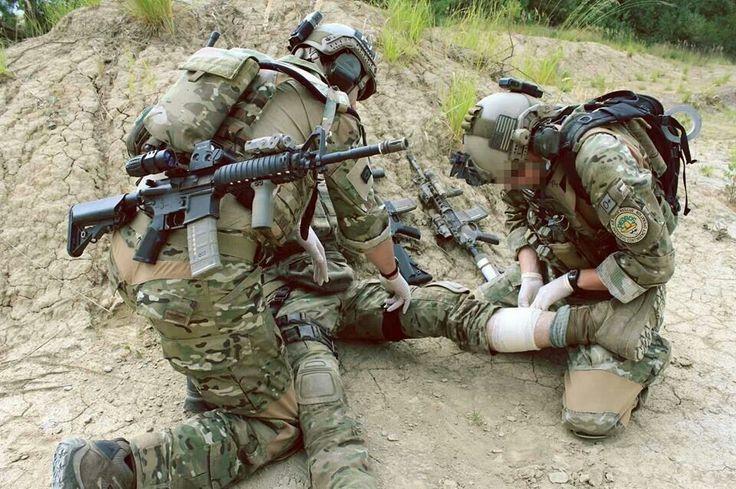
USAF Pararescue is highly respected within the US armed services. During the wars in Iraq and Afghanistan, they served as combat paramedics. Many soldiers who served in the War on Terror had friends or comrades who PJs evacuated. Despite this, they may be seen as over-trained for specific missions.
While PJs are trained to recover downed air force pilots, they have not performed this specific mission since the Vietnam War. In recent decades, they have primarily acted as helicopter-borne paramedics. Despite having one of the toughest training regimens and highest attrition rates in the US military, they have benefited from increased funding and a large pool of recruits due to the public’s and military’s focus on special operations. However, in the coming years, the US military may face budget cuts, which could result in reevaluating the PJs’ mission and necessary training.
Mission
PJs, or Pararescuemen, is a specialized branch of the United States Air Force tasked with the primary mission of search and rescue. They are known for their ability to operate in dangerous and challenging environments, such as behind enemy lines, to locate and extract individuals needing assistance. Their versatility and expertise in ground combat and advanced field medicine make them an essential component of the special operations of other branches, such as the Green Berets, SEALs, and Marines. To effectively support these missions, PJs are expected to possess the same capabilities and skills as these elite units.
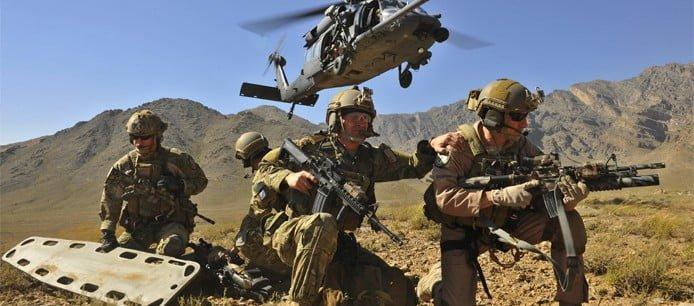
At its core, the mission of PJs is to rescue, recover, and return American or Allied forces in times of danger or extreme duress. Whether a shot-down airman, a marine isolated behind enemy lines, or a soldier surrounded and captured by the enemy, PJs will do whatever is necessary to deny the enemy a victory and bring our warriors home to fight another day.
This is a solemn promise and responsibility of the United States Air Force to our brave service members. It is reflected in our nation’s moral imperative of “Leave no Airman, Marine, Soldier, or Sailor behind.” The Air Force is committed to fulfilling this duty, and as part of this, Personnel Recovery is an Air Force Core Function, one of the twelve functions that the Air Force provides to the nation. The PJs are the elite ground forces that provide our nation with the capability to execute this noble responsibility.
History
The origins of the United States Air Force Pararescuemen, or PJs, can be traced back to the early days of aerial warfare. The concept of providing medical services via aircraft was first proposed in 1922. Still, it was not until World War II that using aerial vehicles for medical purposes became a conventional practice.
In August 1943, 21 individuals were stranded in the uncharted jungle near the Sino-Burmese border after their C-46 aircraft was damaged. The only way to provide aid to the survivors was through parachute drops. Colonel Don Fleckinger and two paramedics volunteered for the task, marking the birth of the airborne medical unit that would later become known as the Pararescue team.
For months, these men provided medical care for the wounded before they were transported to safety. One of the survivors, Eric Sevareid, later wrote about the men who risked their lives to rescue him, stating, “Courage is a rare word; they deserve it.”
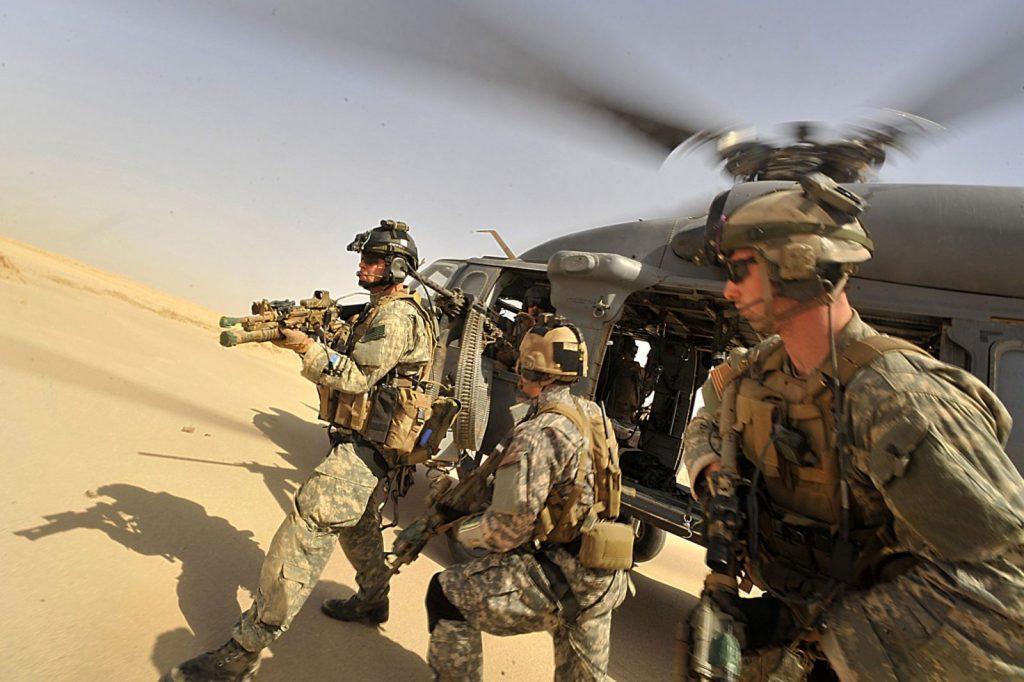
This event highlighted the need for specially trained paramedics, leading to the formation of the Pararescuemen. Since then, their work has been vital in providing aid and recovery in various global conflicts. During the Vietnam War, they flew over enemy territory to rescue wounded soldiers and downed pilots, earning 19 Air Force Crosses, nine of which were awarded to Pararescuemen.
In 1966, the Air Force Chief of Staff, General John P. McConnell, approved wearing dark red berets for Pararescuemen, symbolizing the sacrifices and dedication of these rescuers in fulfilling their mission of helping others. This is exemplified by the unit’s motto, “that others may live,” which guides their daily actions.
Pararescuemen are committed to continuous improvement, regularly updating procedures and seeking new and more effective methods. A notable advancement in their training occurred with the introduction of specialized jump and diving equipment, allowing them to carry up to 170 pounds while jumping and diving.
One of the most dramatic events involving Pararescuemen was the recovery of the Gemini 8 spaceflight astronauts Neil A. Armstrong and David R. Scott. Despite encountering problems, the Pararescuemen could locate and reach the crash site in time, quickly deploying flotation equipment and remaining with the astronauts until rescue by a Navy destroyer three hours later.
Pararescuemen also provide ongoing support for NASA missions and other space-related rescue operations. Their skills are constantly honed through regular training.
Saving lives is Pararescuemen’s primary task, and their efforts play a crucial role in the rescue system. For instance, they were called upon to assist two Russian merchant ships in separate incidents in two weeks. In the first instance, they airlifted a severely burned sailor from a transport ship in the Atlantic, 700 miles from the coast, and provided medical care until the ship reached port. In the second, they jumped into the Pacific Ocean to treat fishermen suffering from severe injuries and coordinated their evacuation with the Coast Guard.
In 1989, during a devastating earthquake that damaged California highways, Pararescuemen (PJs) were instrumental in providing aid and treatment to motorists. They were the only ones willing to brave the dangerous conditions by crawling between the collapsed plates of the highway to reach victims. Their unwavering dedication earned them recognition and awards from President Bush.
In 1989, as part of Operation Just Cause in Panama, the PJs were among the first American soldiers to parachute into the area. Their medical expertise and strong recovery skills were put to the test in the intense combat operations. They used their specially designed RATT-V vehicles to care for most US casualties at two airports under Panamanian control, which were captured during the initial phase of the invasion.
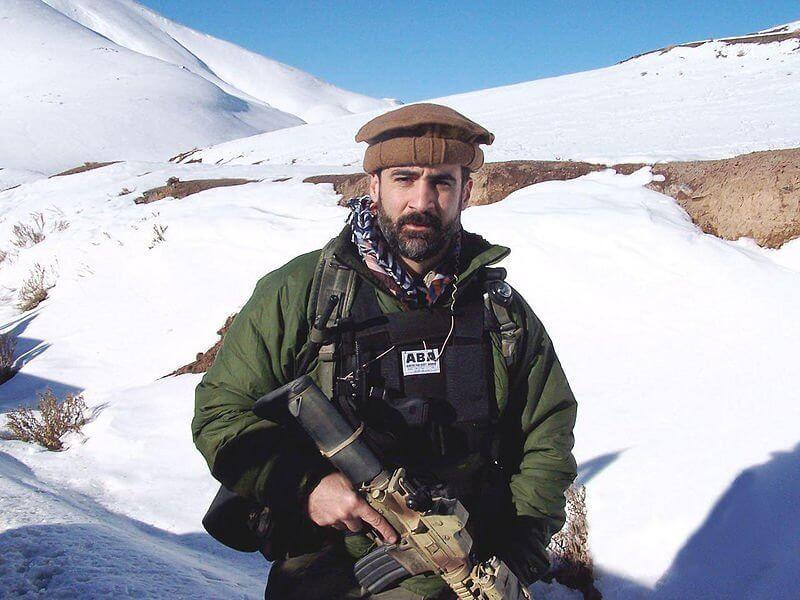
During Operation Desert Storm in Kuwait, the PJs were tasked with ensuring the safety and recovery of downed aircraft crew and wounded soldiers. Their role once again highlighted their usefulness in rescue operations. One of their missions involved the rescue of a navigator from a downed F-14 in a highly dangerous environment, where they had to contend with enemy forces while extracting the soldier. The PJs also provided humanitarian aid to Kurdish refugees fleeing northern Iraq.
In Somalia, the PJs were involved in capturing Somali leader Mohammed Aidid. Alongside Army Rangers, they carried out Search and Rescue operations using helicopters. When two of the helicopters were shot down, the PJs immediately went to the aid and protection of the survivors. As the crash sites were located in areas of heavy fighting, the PJs and Rangers were inserted directly into the firefight. They were able to extract wounded soldiers from the danger zone and provide medical treatment, thus saving many lives.
In Afghanistan, the PJs were involved in a notable event that resulted in the award of two of them, one of them posthumously. After a fierce firefight, they managed to rescue 10 US soldiers. During these combat search and rescue missions, one of the PJs was killed, but before his death, he was able to stabilize the wounded and direct his colleague to their location for pickup under fire.
Training and selection
Becoming a Pararescuemen, or “PJ,” is referred to informally as “Superman School.” Candidates undergo a challenging ten-week training program at Lackland Air Force Base in Texas. The first phase, called Team Training, is eight weeks long and concentrates on physical training, including swimming, running, weightlifting, calisthenics, and obstacle course training. Additionally, candidates receive educational instruction in medical and diving terminology, CPR, weapons handling, and dive physics. The course is designed to test candidates’ physical and mental toughness and prepare them for the demanding tasks of being a Pararescuemen.
Minimal requirements
To become a USAF PJ or USAF Combat Control tech, you need to meet minimum requirements. Here are the specifics minimums and the recommended scores in the parenthesis:
- 2 x 25 m subsurface swim with no time limit
- 500 m swim 10:07 or less (sub 9 min)
- 30 min rest
- 1.5-mile run 9:47 or less (sub 9 min)
- 10 min rest
- 10 pull-ups min (20+)
- 2 min rest
- 58 sit-ups min (100+)
- 2 min rest
- 54 push-ups min (100+)
If you want to compare how it looks against modern sports, here are the standards for IRON MAN:
- 2 x 25 m subsurface
- 500 m swim 9:30
- 1.5-mile run 9:30
- 13 pull-ups
- 65 sit-ups
- 65 push-ups
Pararescuemen (PJs) are highly trained individuals responsible for rescuing and providing medical care to wounded personnel in dangerous and hostile environments. They are trained in combat and advanced field medicine and can operate behind enemy lines with limited support. The training to become a PJ is the longest of any US Special Ops and has the highest attrition rate, taking two years to complete.
The training pipeline includes various courses such as the Pararescue Indoctrination Course, Army Airborne School, Air Force Combat diver course, Navy Underwater Egress Training, Army Military Free Fall Parachutist School, Pararescue EMT-Paramedic Training, and Pararescue Recovery Specialist Course. The last course includes advanced combat training. Once a Pararescueman completes the pipeline, they are assigned to a Rescue or Special Tactics team and receive additional on-the-job training.
- Special Warfare Preparatory Course (SW Prep), Lackland AFB, Texas (8 Weeks)
- Special Warfare Assessment and Selection (A&S), Lackland AFB, Texas (4 Weeks)
- Army Airborne School, Fort Benning, Georgia (3 weeks)
- Special Warfare Combat Dive Course, Navy Diving and Salvage Training Center, Naval Support Activity Panama City, Florida (8 weeks)
- Army Military Free Fall Parachutist School, Fort Bragg, North Carolina, and Yuma Proving Ground, Arizona (4 weeks)
- Survival, Evasion, Resistance and Escape (SERE), Fairchild AFB, (3 weeks)
- Pararescue EMT-Paramedic Training, Kirtland Air Force Base, New Mexico (37 weeks)
- Pararescue Apprentice Course, Kirtland Air Force Base, New Mexico (22 weeks)
- Continuation Training
Pararescue and Advanced Pararescue Orientation Course
Since the 1950s, Air Force Pararescuemen (PJs) have provided training and mentorship for Civil Air Patrol (CAP) cadets. This training was formalized in 1977 with the introduction of the Pararescue Orientation Course (PJOC) at Kirtland AFB, New Mexico. The course taught CAP cadets basic survival and rescue skills such as shelter building, land navigation, and rock climbing. In the 1980s, the Advanced Pararescue Orientation Course (APJOC) was added and was taught only at Kirtland AFB.
In 2003, both programs were canceled, but in 2004, PJOC was reintroduced, and in 2008, APJOC was moved to Davis-Monthan AFB, Arizona. APJOC builds upon the skills learned at PJOC and exposed cadets to live in an operational Pararescue or Special Tactics Squadron. The course culminates with a Combat Rescue Training Exercise. PJOC and APJOC are Civil Air Patrol National Cadet Special Activities the United States Air Force Pararescue provides.
Traditions
Pararescue Creed
It is my duty as a Pararescueman to save life and to aid the injured. I will be prepared at all times to perform my assigned duties quickly and efficiently, placing these duties before personal desires and comforts. These things we (I) do, that others may live.
The Code of the Air Rescueman
“That Others May Live” is a motto used by Air Force Pararescuemen, commonly known as PJs. This motto reflects the selfless and highly-skilled nature of the PJs and their mission to save lives in hostile environments. The motto was first coined by the first commander of the Air Rescue Service, Lieutenant Colonel Richard T. Kight and is still used today by the Air Force Rescue Coordination Center (AFRCC).
Green Feet
The tradition of the “Jolly Green Feet” tattoo is a practice that originated during the Vietnam War. It involved aircrew and other military personnel rescued by Air Force Pararescuemen, known as PJs, receiving a temporary tattoo of green feet on their buttocks. The tattoo symbolized the PJs “saving their ass” and was usually applied using ink and a stamp. The tradition was specific to the CH-3E helicopter, nicknamed the “Jolly Green Giant” because of its large size and olive-drab color. This practice is not used anymore.
Origin of the term “Para Jumper”
The term “Para Jumper” is a combination of the initials “PJ,” which represent the Military Duty Identifiers; “P” stands for Parachutist, and “J” stands for Diver. These initials were used on an Air Force Form 5 (Aircrew Flight Log) to identify anyone who would jump from the aircraft. Initially, pararescuemen had no “in-flight” duties and were only listed as “PJ” on Form 5.
However, as the role of pararescue evolved, it began to include duties as an aerial gunner and scanner on rotary wing aircraft, a duty that aerial gunners now perform. Currently, aircrew-qualified pararescuemen are recorded using the aircrew position identifier “J” (or “Pararescue Member”) on the AFTO form 781.
Maroon Beret
HQ USAF authorized the maroon beret worn by Pararescuemen and Combat Rescue Officers in 1966. This beret symbolizes the sacrifices of fellow Pararescuemen and their dedication to duty by helping those in need. It was the second beret to be authorized for universal wear, after the US Army Special Forces Beret.
Pararescue Flash
The flash is a variant of the original Air Rescue Service emblem designed by Bill Steffens and implemented in 1952. The significance of the original ARS emblem is described as follows: The wings represent the unit’s air rescue mission, the ladder symbolizes the unit’s ability to reach and rescue personnel in distress, and the red, white, and blue colors symbolize the United States.
The lightning bolt signifies the unit’s ability to respond quickly to emergencies, while the star represents the unit’s ability to operate at night and in adverse weather conditions. The torch symbolizes the unit’s ability to provide aid and assistance to those in need. The emblem symbolizes the dedication and commitment of the Air Rescue Service to its mission of saving lives.
The angel holding the globe is emblematic of protection and rescue from danger. The red robe is significant of the valor with which the Air Rescue Service carries on its humanitarian mission. The blue shield is indicative of the sky which is the field of operations and the golden light represents a ray of hope for those in need of the Air Rescue Service.
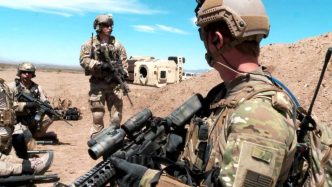
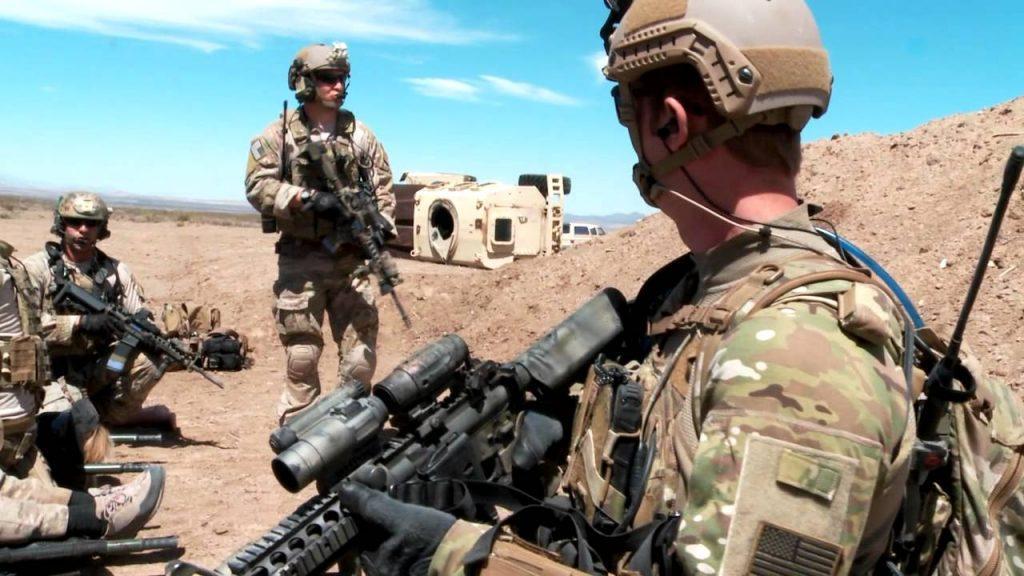
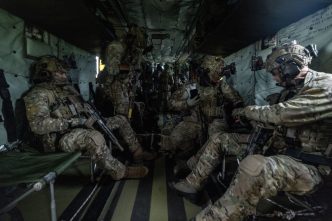
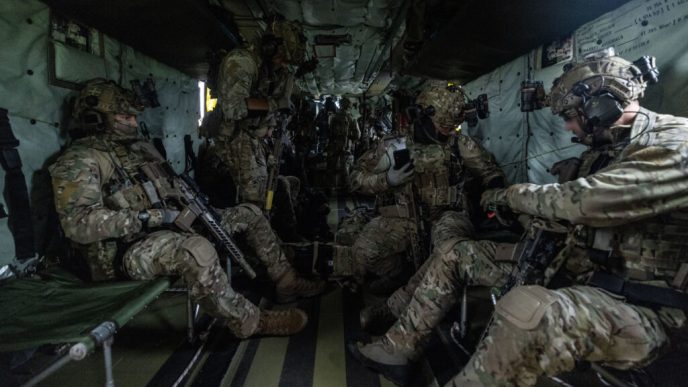
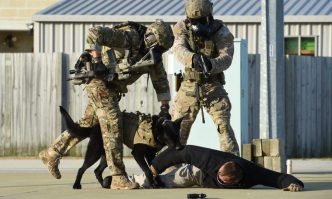
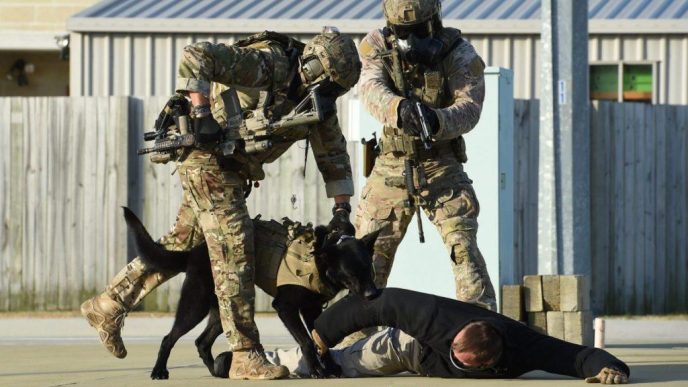
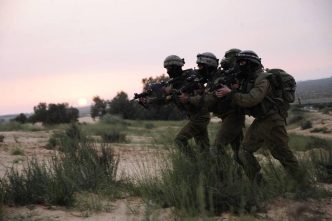
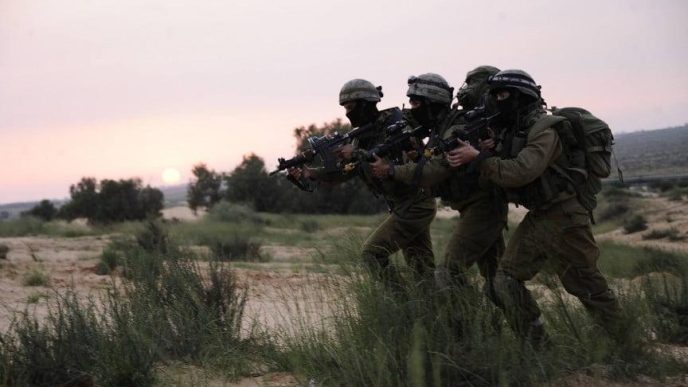
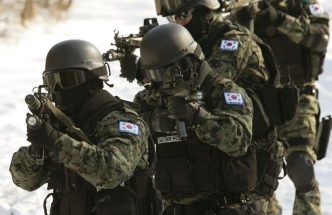
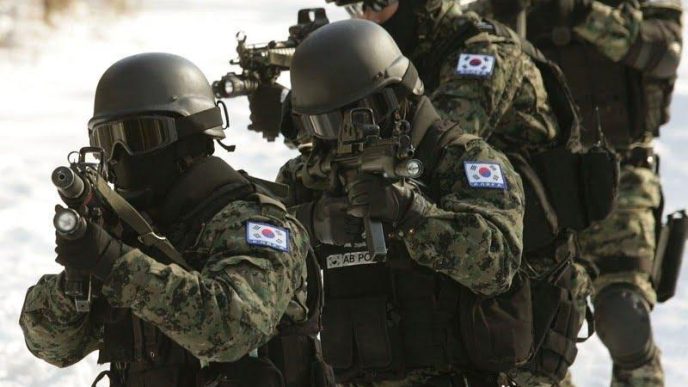

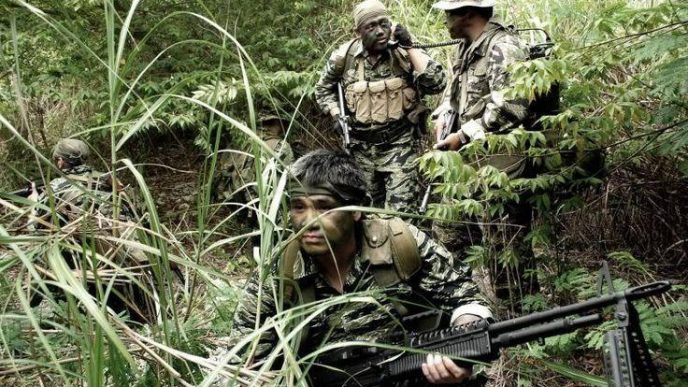
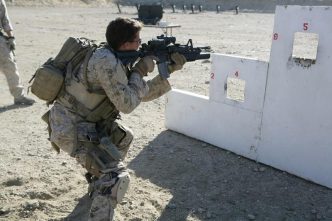
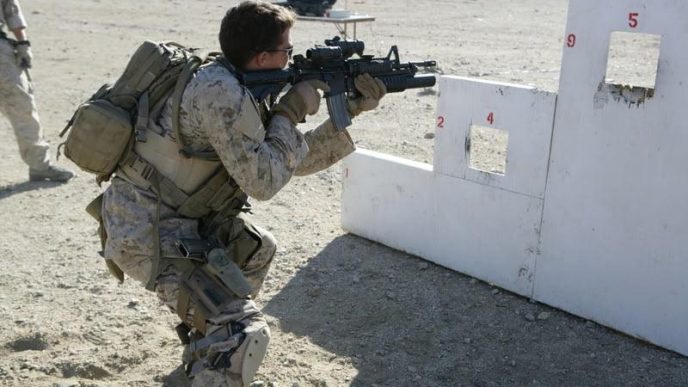
I being a former Security Specialist that was, if they still have it, LOL, ABGD (Air Base Ground Defence) trained. Back then, I wanted to be a Pararescue, but with a wife and young baby it was a no go. Anyway, I watched a show on History Channel and bla bla bla, they had the Army’s rescue unit as the top one, yeah right, we know the PJ’S are the top gun here. You might want to have the History Channel get their stuff straight. While I’m contacting you, when you talk to the History Channel have them put that show back on about the PJ’S. Thanks guys, your appreciated very much!!!
I “tried out” for the PJ’s at a local base in 1968, even before Basic to see if I would qualify for training after Basic. What a learning curve and great experience. I had a wrestling background, so the physical part wasn’t as tough as the medical and diving parts, they were hard. Some of our classmates dropped out there. Have used some of the training at car wrecks, chocking victims, gashes, dislocated shoulders, and a motorcycle accident in 2023…